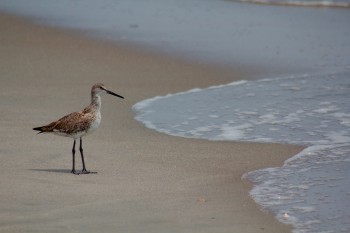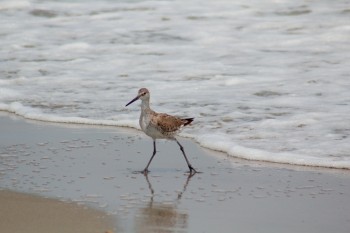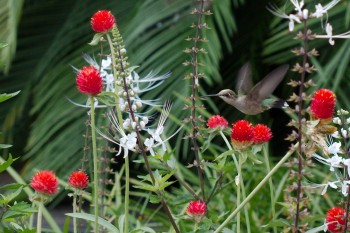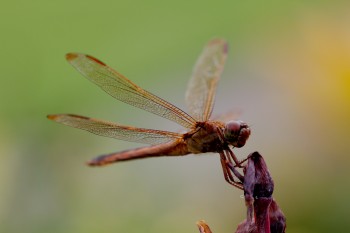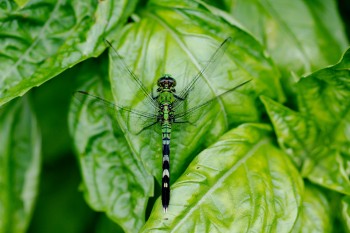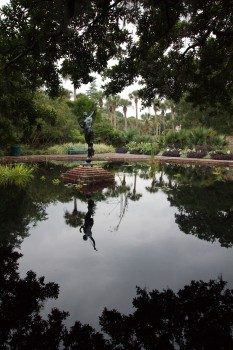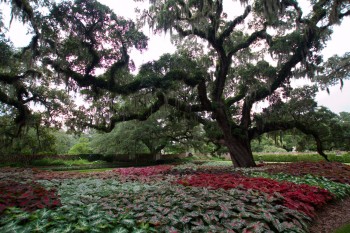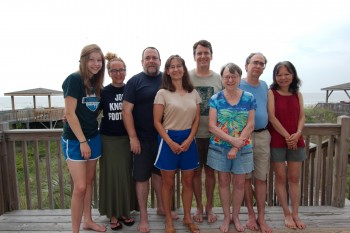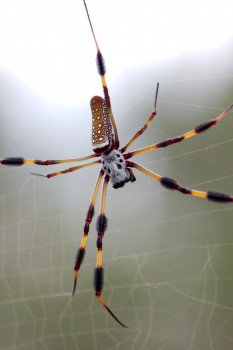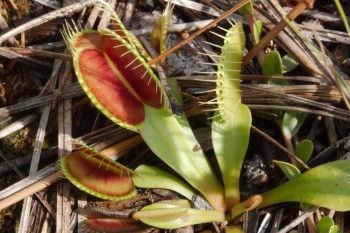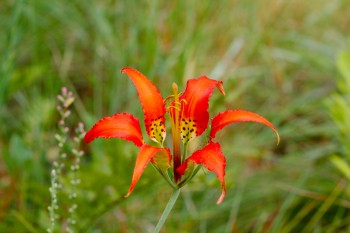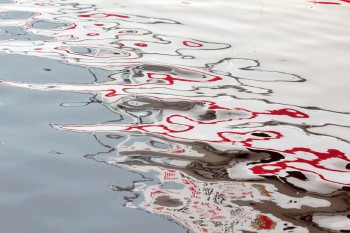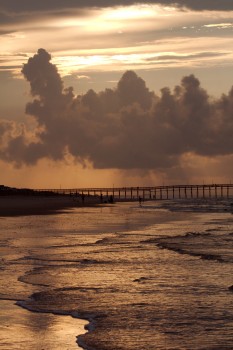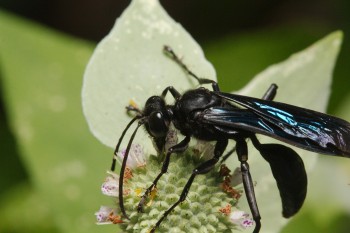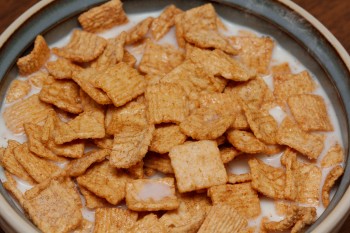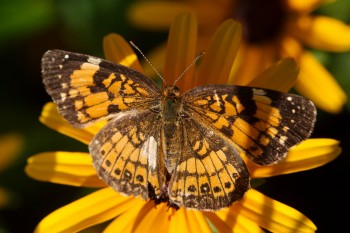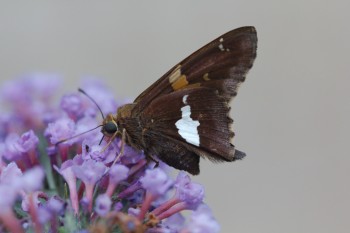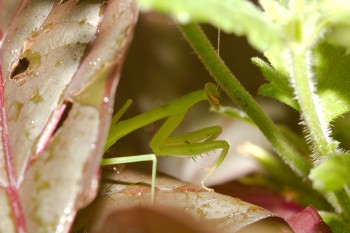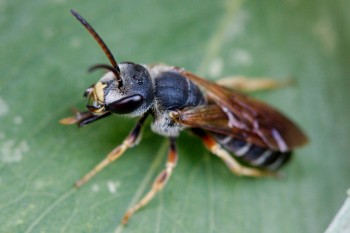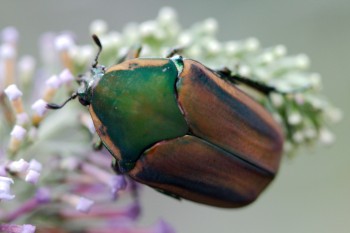Willet (Tringa semipalmata)
I’m not particularly thrilled with my pictures from the beach this year. I got some nice pictures from the Green Swamp and from Brookgreen Gardens but the pictures I actually took on the beach are not really much to speak of. The sunrises and sunsets this week were not very colorful and during the day it was hazy and the light was harsh. Also, the girls didn’t play in the sand too much or they did it when I was in the sand with them, so there are not pictures of that. Pictures of them out in the water are fine but they aren’t fine art.
I did go out specifically to take bird pictures at one point. These two make me happy and have very different feels. They are both of a Willet (the same Willet, in fact). I like the first of them because it feels calm and ready for something to happen. The bird is a watcher. The second one, though, has a fair amount of tension and action already happening. He’s ready to move in either direction, depending on the wave that’s rolling in.

